Photojournalism, a captivating blend of visual storytelling and journalistic integrity, has played an integral role in shaping public perception for decades. From the haunting images of war to the joyous moments of triumph, photojournalism has the power to encapsulate the essence of an event within a single frame. In this article, we’ll delve into the world of photojournalism, exploring its history, significance, challenges, and the evolving landscape in the digital age.
Table of Contents
Understanding the Essence of Photojournalism
Definition of Photojournalism
Photojournalism is more than just photography; it’s a form of storytelling that relies on compelling visuals to narrate a story. It goes beyond capturing aesthetically pleasing images; it aims to document reality as it unfolds.
Evolution and History of Photojournalism
The roots of photojournalism can be traced back to the early 20th century. This was when technological advancements in photography allowed for the creation of more portable cameras. This marked the beginning of a new era in journalism, where images began to supplement written narratives.
The Significance of Photojournalism in Society
At its core, the essence of photojournalism lies in its ability to freeze time. It encapsulates the essence of a fleeting moment within the frame of a photograph.
The significance of this capability extends beyond the aesthetic appeal of a well-composed image. It is about capturing the truth of a given moment. The photographer becomes a storyteller, utilizing the language of visuals to articulate narratives that resonate deeply with the human experience.
The authenticity embedded in these images is what sets photojournalism apart. There is an inherent truthfulness that emanates from a photograph. It is this authenticity that forms the bedrock of the emotional impact photojournalism has on its audience.
Impact on Society and Public Awareness
Photojournalism has the unique ability to bring hidden stories to the forefront of public consciousness. Behind every photograph is a narrative waiting to be unearthed—a story that might be overlooked in the hustle of daily life.
Skills Required for Successful Photojournalism
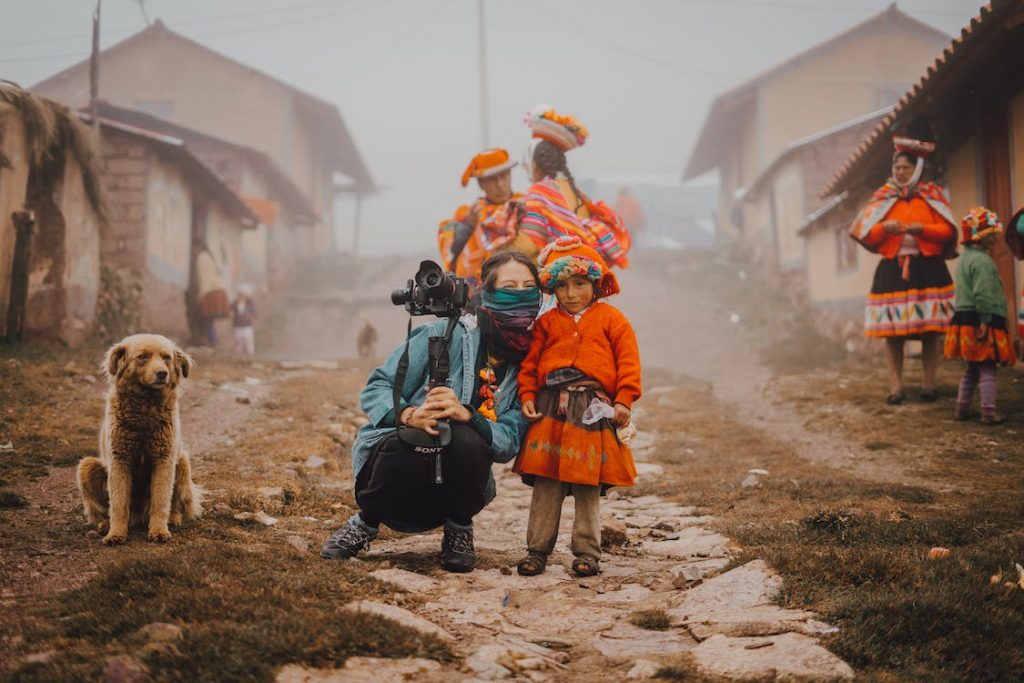
Photography Techniques
At the heart of successful photojournalism lies a mastery of photography techniques that goes beyond mere technical proficiency. Photojournalists are visual storytellers, and their ability to capture impactful moments hinges on a nuanced understanding of composition, lighting, and timing.
Keen Eye for Composition
Successful photojournalists possess a discerning eye for composition. They understand how to frame a shot to draw the viewer’s attention to the focal point while maintaining a harmonious balance in the overall image. Whether it’s adhering to the rule of thirds or experimenting with unconventional compositions, these professionals have a visual acuity that transforms everyday scenes into compelling narratives.
Mastery of Lighting
Whether working with natural light or employing artificial sources, they grasp the nuances of light and shadow to convey mood and emotion. From capturing the soft glow of a sunrise to navigating the stark contrasts of harsh midday sun, a photojournalist’s proficiency in manipulating light is paramount.
Journalism Skills
While technical prowess in photography is essential, the craft of photojournalism demands a fusion of visual artistry and journalistic instinct. Photojournalists are not mere observers; they are storytellers with a commitment to truth and integrity.
Strong Journalistic Instincts
Beyond capturing visually arresting images, photojournalists need to think like journalists. They must be adept at identifying newsworthy events, understanding the broader context of a story, and recognizing the human narratives that underpin their visual narratives. This instinct enables them to tell stories that resonate with depth and authenticity.
Understanding Ethical Considerations
Photojournalism often navigates ethically challenging terrain. Photojournalists are faced with the responsibility of documenting real-life events while respecting the privacy and dignity of their subjects. The ethical considerations extend beyond the choice of subject matter to include issues of consent, sensitivity, and the potential impact of their work on individuals and communities.
Spotlight on Notable Figures in Photojournalism
Pioneers in the Field
The annals of photojournalism bear witness to the indelible contributions of pioneers who laid the foundation for this unique form of storytelling. Among them, two luminaries stand out, their names etched in the history of the craft: Henri Cartier-Bresson and Dorothea Lange.
Henri Cartier-Bresson: Master of the Decisive Moment
Henri Cartier-Bresson, often hailed as the father of modern photojournalism, was a French photographer whose keen eye for the “decisive moment” revolutionized the field. Born in 1908, Cartier-Bresson co-founded Magnum Photos, a cooperative agency that allowed photographers greater control over their work.
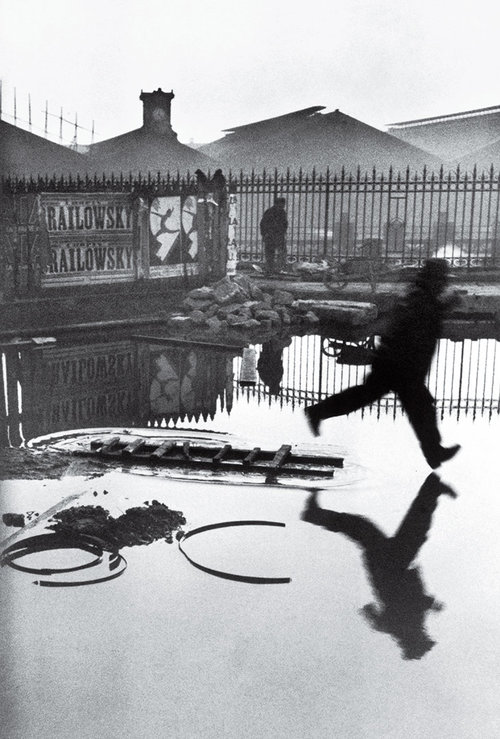
Cartier-Bresson’s work is characterized by a profound sense of composition and timing. He had an uncanny ability to capture fleeting, yet significant, moments in the fabric of everyday life. From the joyous exuberance of a child’s laughter to the solemnity of historical events, his lens distilled the essence of the human experience. His iconic image of a man leaping over a puddle, titled “Behind the Gare Saint-Lazare,” remains emblematic of his mastery in freezing moments that transcend the ordinary.
Dorothea Lange: Documenting the Human Condition
Dorothea Lange, an American documentary photographer, became renowned for her poignant images capturing the human condition during the Great Depression. Born in 1895, Lange’s empathetic approach to her subjects revealed the stark realities of economic hardship and social injustice.
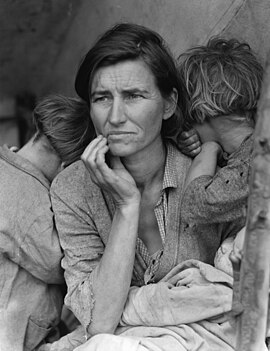
Her most famous work, “Migrant Mother,” a photograph of a distressed migrant worker and her children, became an enduring symbol of the struggles faced during the Depression era. Lange’s commitment to using photography as a tool for social change laid the groundwork for the role of photojournalists as advocates and witnesses to the human story.
Notable Contemporary Photojournalists
As the torchbearers of the rich legacy left by pioneers, contemporary photojournalists continue to shape the narrative of our times. Among them, Lynsey Addario and James Nachtwey stand out as stalwarts. They employ their lenses to navigate the complexities of modern life.
Lynsey Addario: Bridging Cultures Through Photography
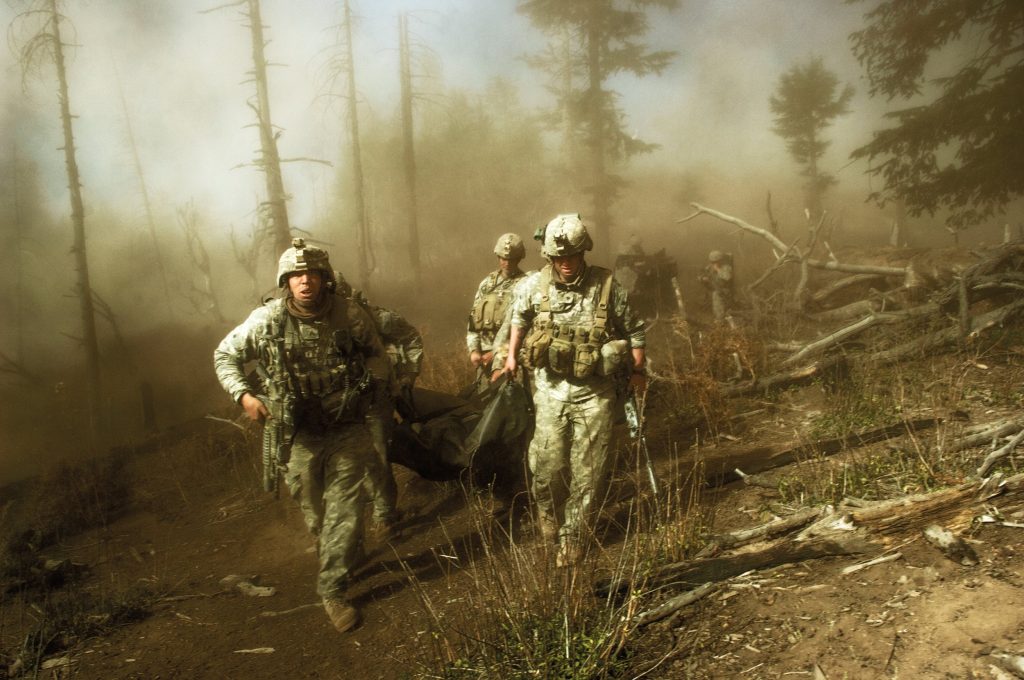
Lynsey Addario, an American photojournalist born in 1973, has made a name for herself through her unflinching coverage of conflict zones and humanitarian crises. Working for publications such as National Geographic, Addario’s work delves into the human impact of war, displacement, and social upheaval.
Her images go beyond the surface, capturing the resilience and vulnerability of individuals affected by global events. Through her lens, Addario bridges cultural divides, offering viewers a glimpse into the lives of those who bear the brunt of geopolitical shifts. Her dedication to storytelling with depth and nuance underscores the continued relevance of photojournalism in fostering empathy and understanding.
James Nachtwey: A Witness to Global Injustices
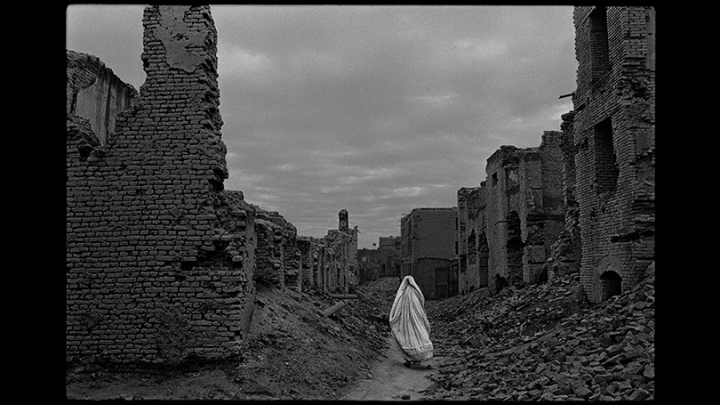
James Nachtwey, an American photojournalist born in 1948, has spent decades documenting some of the most harrowing moments of our time. His work covers a spectrum of issues, from conflict and human rights abuses to the global impact of diseases such as HIV/AIDS.
Nachtwey’s images are not just photographs; they are visual testimonies to the resilience of the human spirit and stark reminders of the injustices that persist in our world. With a career spanning over four decades, Nachtwey’s dedication to bearing witness to suffering and inequality exemplifies the profound impact that photojournalism can have on shaping societal awareness and conscience.
The Role of Photojournalism in the Digital Age
Virality and Influence
As photojournalism strides into the digital age, the landscape of its impact has undergone a transformative shift. In the interconnected web of social media, powerful images possess the ability to transcend borders and cultural barriers, achieving a level of virality that was unimaginable in earlier eras.
The Power of Virality
In the age of social media platforms like Instagram, Twitter, and Facebook, a compelling photograph has the potential to go viral, reaching a global audience within moments of being shared. The immediacy and reach of social media provide photojournalists with an unprecedented platform to amplify their stories and effect change on a scale previously unattainable.
Responsibilities of Viral Content
However, this newfound virality comes with its own set of responsibilities. The impact of an image shared globally is magnified, making ethical considerations, accuracy, and sensitivity more crucial than ever. Photojournalists must navigate the potential for their work to be misinterpreted or taken out of context, recognizing the weight their images carry in shaping public perceptions.
Ethical Considerations in the Digital Age

The Challenge of Digital Manipulation
With the ease of digital tools, the authenticity of images has become a pressing concern in the digital age of photojournalism. The boundary between truth and manipulation blurs as powerful software allows for seamless alterations to photographs. This ease of digital manipulation raises questions about the integrity of the images presented to the public.
Maintaining Integrity
In the pursuit of authenticity, photojournalists face the challenge of maintaining integrity amidst the temptations of digital enhancement. The pressure to capture attention in a saturated online environment may lead to ethical compromises. Striking a balance between creating visually striking content and adhering to the principles of truthful representation becomes a constant tightrope walk.
Navigating the Waters of Information Overload
In an era where information flows ceaselessly and images inundate social feeds, photojournalists must grapple with the saturation of their craft. The challenge is not only to produce compelling content but to ensure that it withstands scrutiny in an environment where truth is often subjective.
The Ever-Evolving Role of Photojournalism
As technology continues to advance and the digital realm evolves, the role of photojournalism expands beyond traditional boundaries. The immediacy of social media has elevated the importance of visual storytelling, making it a potent tool for influencing public opinion, mobilizing movements, and shaping the narrative on global issues.
Conclusion
Photojournalism stands as a powerful medium for storytelling, transcending language barriers and fostering a deeper understanding of the world. Its ability to capture the essence of moments makes it an indispensable part of our cultural fabric. As we navigate the ever-changing technology and societal expectations, the role of photojournalism remains pivotal in shaping our collective narrative.
Afterword
We hope that you find this article helpful. Thank you for reading and you’re always free to leave a comment. If you find this article interesting, consider checking out one of our recently published posts. A few of them showcase advancements in technology such as AI Art Generators. On the other hand, if you’re looking towards Photography, we also offer great articles for your inspiration. We also have multiple articles that talk about the various printing mediums for wall art. May these articles give you inspiration for your next print!
Find them here:
Discover the Secret to High-quality Canvas Prints
The 9 Best Canvas Print Companies in 2023
Acrylic Prints: Add Vibrance to Any Space
The Top Food Photography Trends to Try Now
The Ultimate Guide to Continuous Lighting for Photography
Stable Diffusion Tips and Tricks
Best AI Art Generator for Android Phones 2023
We enjoy reading your comments and insights with our posts! Should you have any questions or concerns, feel free to leave them below! -Mark

